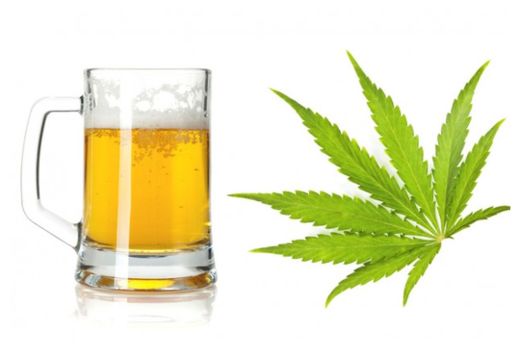
© Thinkstock
In our current society, alcohol and drug use have become almost ubiquitous. We have declared a War on Drugs, we have movies and TV shows glorifying Prohibition and the outlaws who evaded it, and we have more references to alcohol and drugs in our music than could ever be counted.
This all-pervading presence - and our tendency as a society to romanticize the past - makes us think that these are modern problems.
Perhaps the hedonistic manner in which we use them today is a modern problem, but according to a study from the Universidad de Valladolid (UVA) in Spain, the use of mind-altering substances is an ancient practice.
UVA Professor of Archaeology
Elisa Guerra-Doce reports that the use of alcohol and plant-based drugs such as opium poppies and hallucinogenic mushrooms was a highly regulated part of the belief system and sacred burial rites of many preindustrial societies. Her findings, published in the
Journal of Archaeological Method and Theory, suggest such substances were believed to aid in communication with the spiritual world.
It has been known for quite some time that humans have consumed such mind-altering substances for nearly as long as there has been human society. Only recently, however, have scientists started to investigate the historical and cultural contexts in which such products were used in ancient Europe.
Guerra-Doce used a systematic approach to document the cultural significance of drug and alcohol consumption in these cultures to increase the anthropological knowledge of intoxication in prehistoric European societies.
Four types of archaeological "documents" were analyzed for the purpose of this study: the macrofossil remains of the leaves, fruits or seeds of psychoactive plants; residues suggestive of alcoholic beverages; psychoactive alkaloids found in archaeological artifacts and skeletal remains from prehistoric times; and artistic depictions of mood-altering plant species and drinking scenes. Specifically, these documents included bits of the opium poppy in the teeth of a male adult in a Neolithic site in Spain, charred Cannabis seeds in bowls found in Romania, traces of barley beer on several ceramic vessels recovered in Iberia, and abstract designs in the Italian Alps that depict the ritual use of hallucinogenic mushrooms.
Guerra-Doce believes that these substances were linked very strongly to ritual usage because she found the majority of her samples in tombs and ceremonial places. The alcohol and drugs were consumed to alter the state of consciousness, allowing the user to achieve a trance-like state. Despite the current lack of knowledge concerning the rituals, Guerra-Doce suggests that the substances were used in either the course of mortuary rites to provide sustenance for the deceased in their journey into the afterlife, or as a kind of tribute to the underworld deities.
She also notes that the ancient cultures probably regulated substances because of their connection to the ceremonial rites. The ability of these substances to allow the user to connect to the spirit world would make them sacred among the prehistoric European societies.
"Far from being consumed for hedonistic purposes, drug plants and alcoholic drinks had a sacred role among prehistoric societies," says Guerra-Doce. "It is not surprising that most of the evidence derives from both elite burials and restricted ceremonial sites, suggesting the possibility that the consumption of mind-altering products was socially controlled in prehistoric Europe."
Either that or we were designed with these receptors for a specific purpose.
This is an argument that I use all the time, these substances are an integral part of human history and development and may be responsible for our current capacity as abstract thinkers.